The Pritzker Prize–winning French architect Jean Nouvel is behind some of the most iconic contemporary buildings in the world including the Torre Agbar in Barcelona, the Guthrie Theater in Minneapolis, the Cartier Foundation in Paris, the soon-to-be-completed 53W53 in New York, and the Louvre Abu Dhabi which open November 11 to the public.
Late last year, during the 2016 Art Basel Miami Beach week, Whitewall met with the legendary Nouvel to discuss his new project, Monad Terrace. The two glass towers, dubbed “the reflection machine,” will be Nouvel’s first building in South Beach, and should be completed in late 2018.
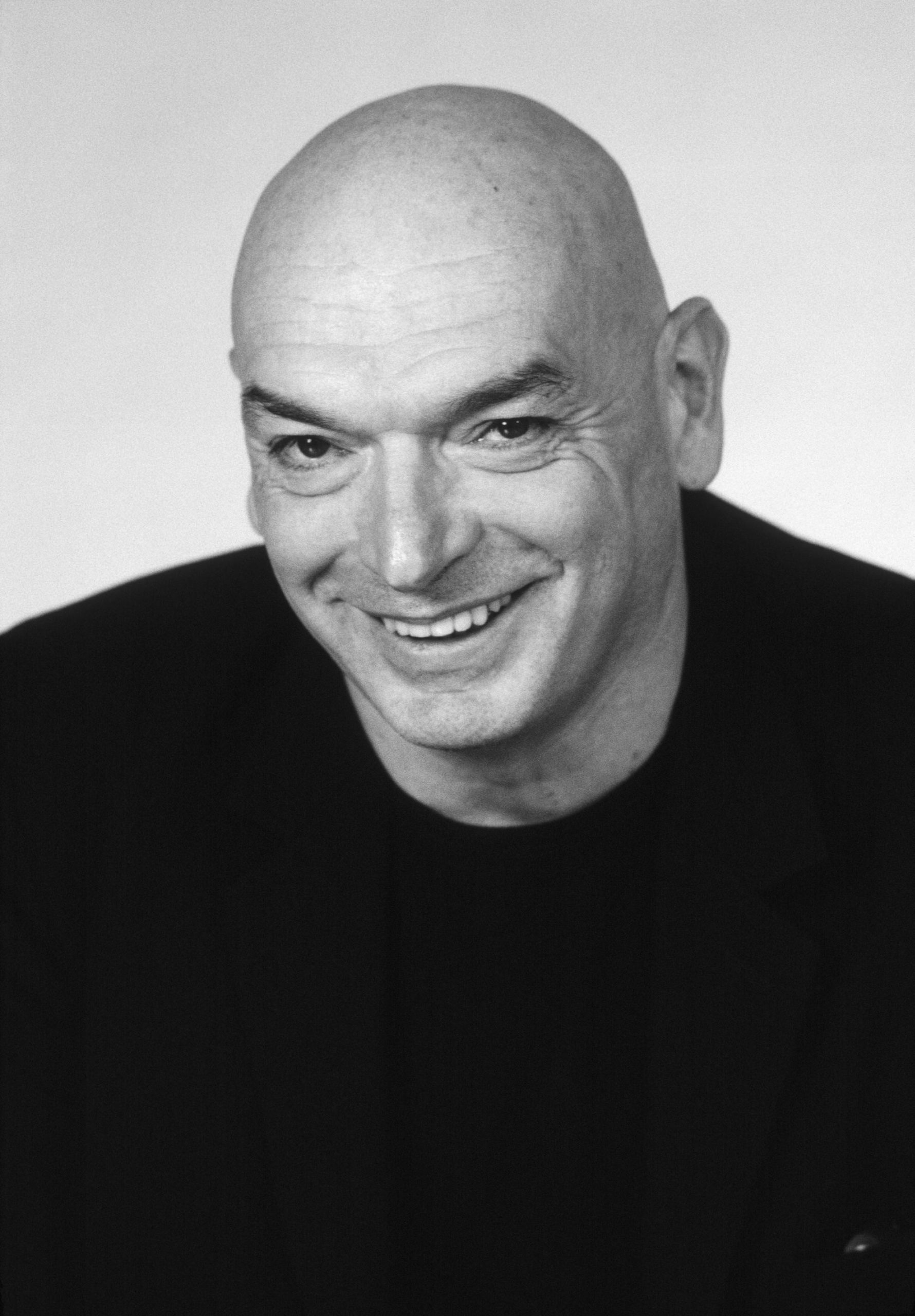
Photo by Gaston Bergeret
WHITEWALL: You’ve worked in New York, Paris, Abu Dhabi, Doha. What are your current thoughts on Miami?
JEAN NOUVEL: Miami has always been a town of strong character. I think it’s linked to its climate, its relation to the sea, to history, notably Cuba. The people here created their own microclimate. I like working in places that have character, where difference is cultivated. The climate of Florida, and the history of architecture here from the thirties, the architecture from the eighties with Hohauser and Murray Dixon—people like that have marked the place. It is a place looked at differently by architects.
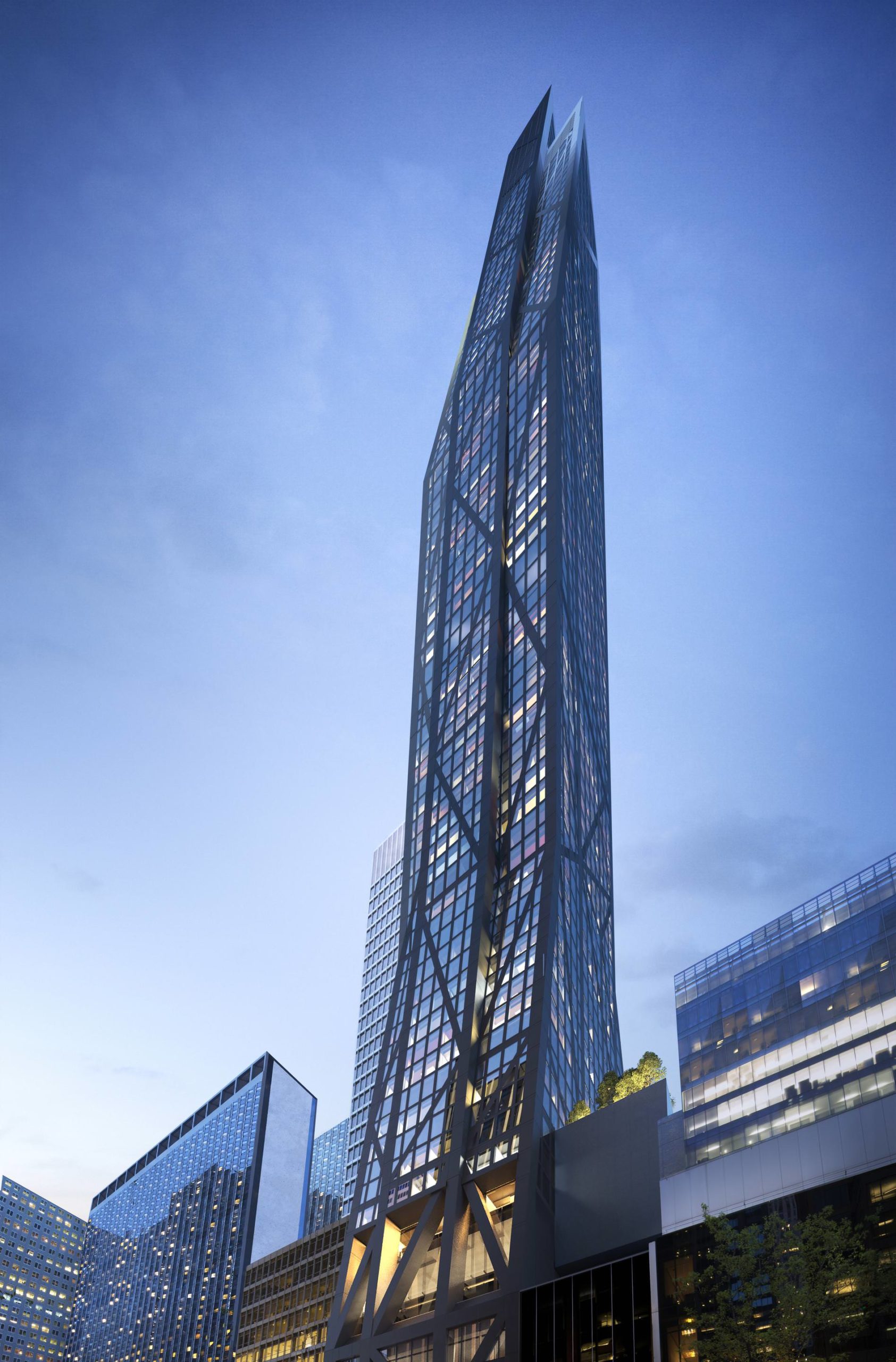
53W53
Courtesy of Hayes Davidson
WW: Given all these different influences, what did you want to add to the city with Monad Terrace?
JN: I always try to take interest in the reasons why I could do something here that I couldn’t do elsewhere. I’m a contextual architect, and Miami for me represents many things historically and geographically. I’ve therefore tried to take advantage of the location and the people’s experience. For architecture to exist, there needs to be at least two people: the architect and someone that wants the architecture, that’s willing to pay for it, someone that does it in harmony with oneself. So I’ve tried, on a very interesting site, to propose something that is more than additional architecture, or one building more. Today one needs to fight for things to not belong to the domain of construction, but to that of architecture.
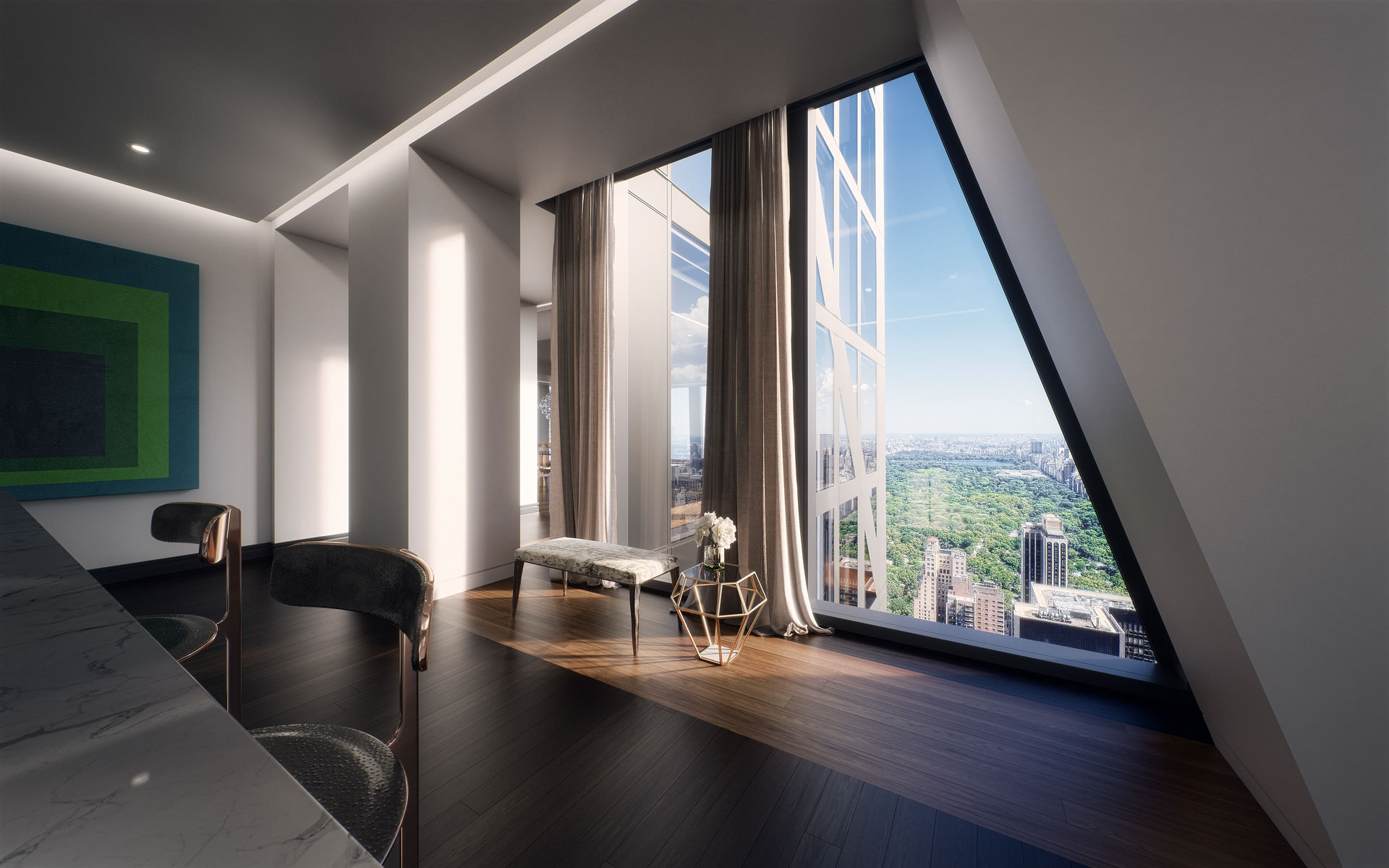
Interior of 53W53
Courtesy of Jean Nouvel
WW: I’m under the impression that for this project you adopted a more organic approach, that you insisted on making full use of the natural elements that surrounded you: water, vegetation, light. Is there a more singular ambition behind that approach?
JN: Well, the ambition is for architecture to always be a gift. Architecture’s purpose is to give pleasure. If I can’t do that, I should do something else. The site offers views of Biscayne Bay, the Atlantic Ocean, and the Miami Skyline. We’ve worked on this building motivated with this desire to be able to look at all sides together. We facilitated crossovers and favored the relationship to water, of course. We used water as another mirror, as a way to reflect light. Sunlight is reflected on the facades, which themselves reflect on the rest of the site with, notably, the vegetation. We’ve set up a landscape related to the lagoon, to the water, to put forward the unique typologies, apartments of important lengths, often crossing residences with 25 meters in length, something truly unique. I like everything that is singular, and I believe that when you work contextually it is not to repeat the same buildings that you can find on the rest of the planet. You need to be able to make use of the tools provided by the place and do something there you can’t do anywhere else.
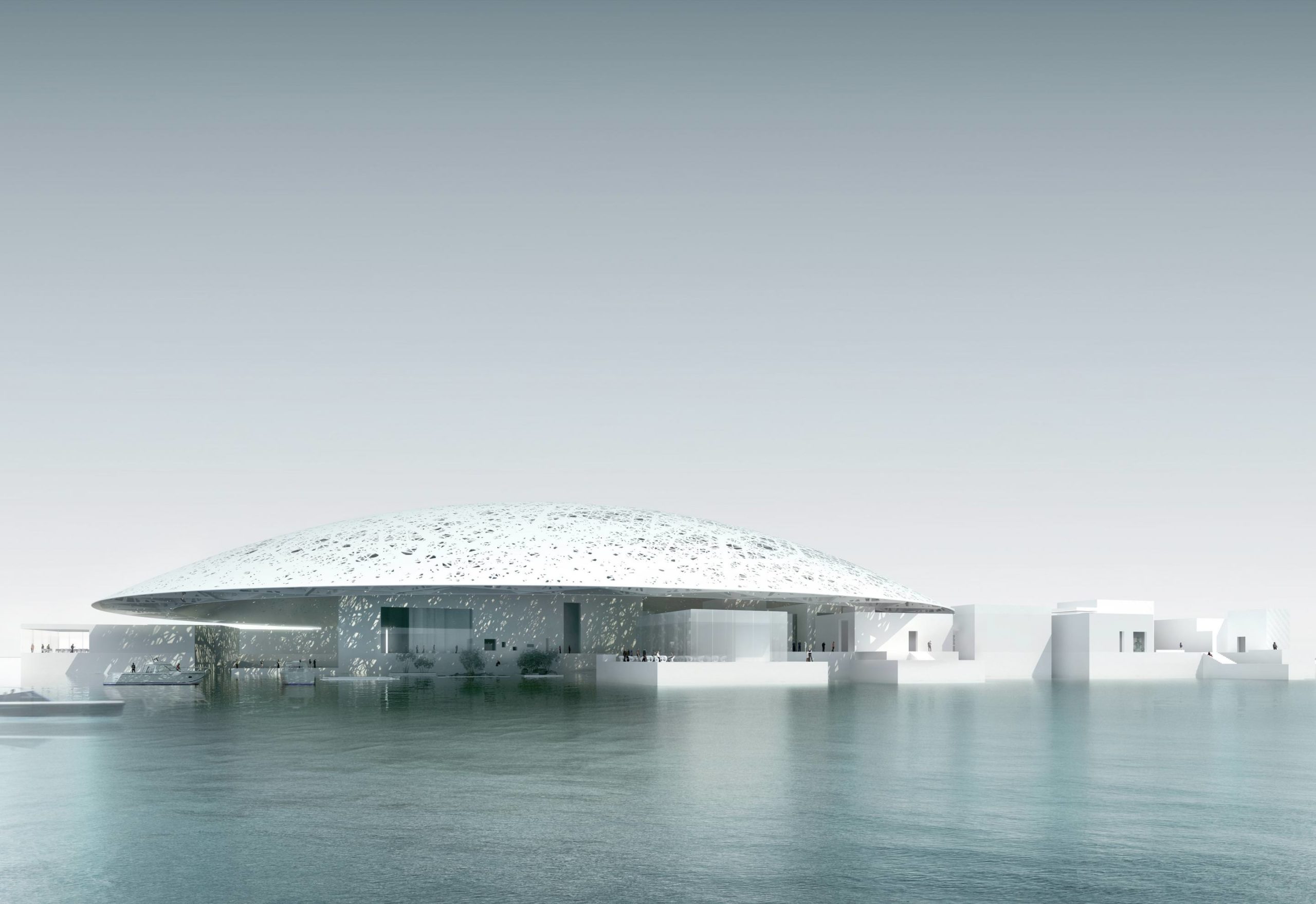
The Louvre Abu Dhabi
Courtesy of Jean Nouvel
WW: Despite your contextual approach, do you consider that your style has globally evolved these last ten years?
JN: My style evolves all the time! Not every ten years—maybe every 10 minutes. It depends how you use the word “style.” It is true that architects for quite some time have considered themselves representative of a particular style in the historical sense first, and then in the academic sense. I don’t really believe in that. I mean, we’re not all placed in white cubes; we’re in places that already have buildings, people, a history. For me, all architecture has to dialogue with these parameters, so every time, as Edith Piaf would say, “Je repars à zero.” I start over from nothing.
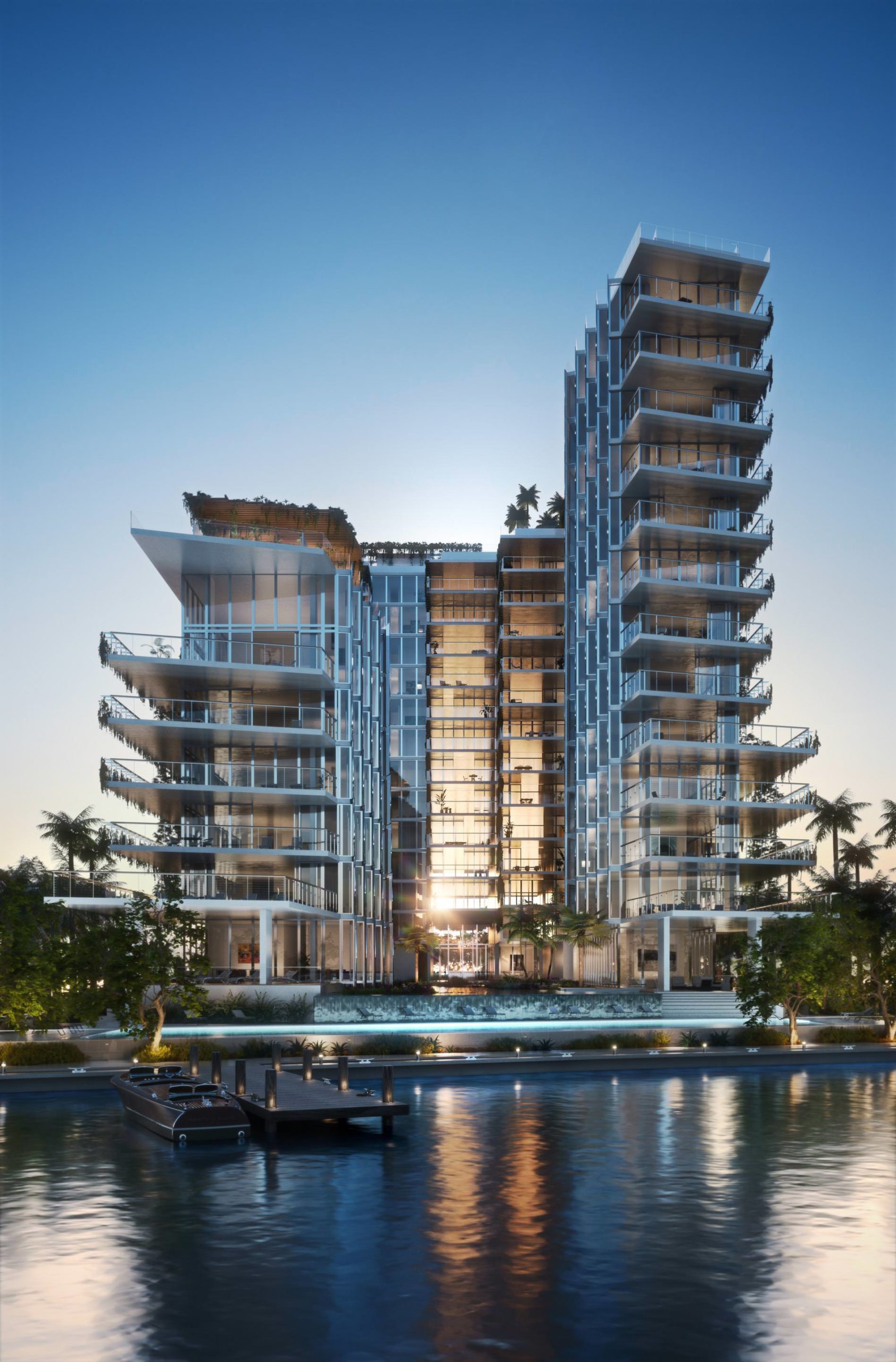
Monad Terrace
Courtesy of JDS Development
WW: Given that every time you start over from zero, and that the parameters change, if you had to start from scratch tomorrow anywhere in the world, what would be the place you’d choose for a new building?
JN: That’s precisely the question I can’t answer, because if I am the way I say I am, this shouldn’t be a criteria. That is to say, I don’t know, and I can’t tell you which city is the most beautiful on earth. I don’t necessarily want to be in the most beautiful city on earth. I want to be in the situation where I can apply my structuralist philosophy intellectually. I am someone that needs all the information on a subject to deduce something from it and start to think. Architecture is, for me, something posterior to the situation of my coming here to do that. I always try to flush out the genius of a given place. We’re in an era where one considers that building somewhere is spoiling it; that’s very negative. Often when you build somewhere, you’re, rather, revealing it.
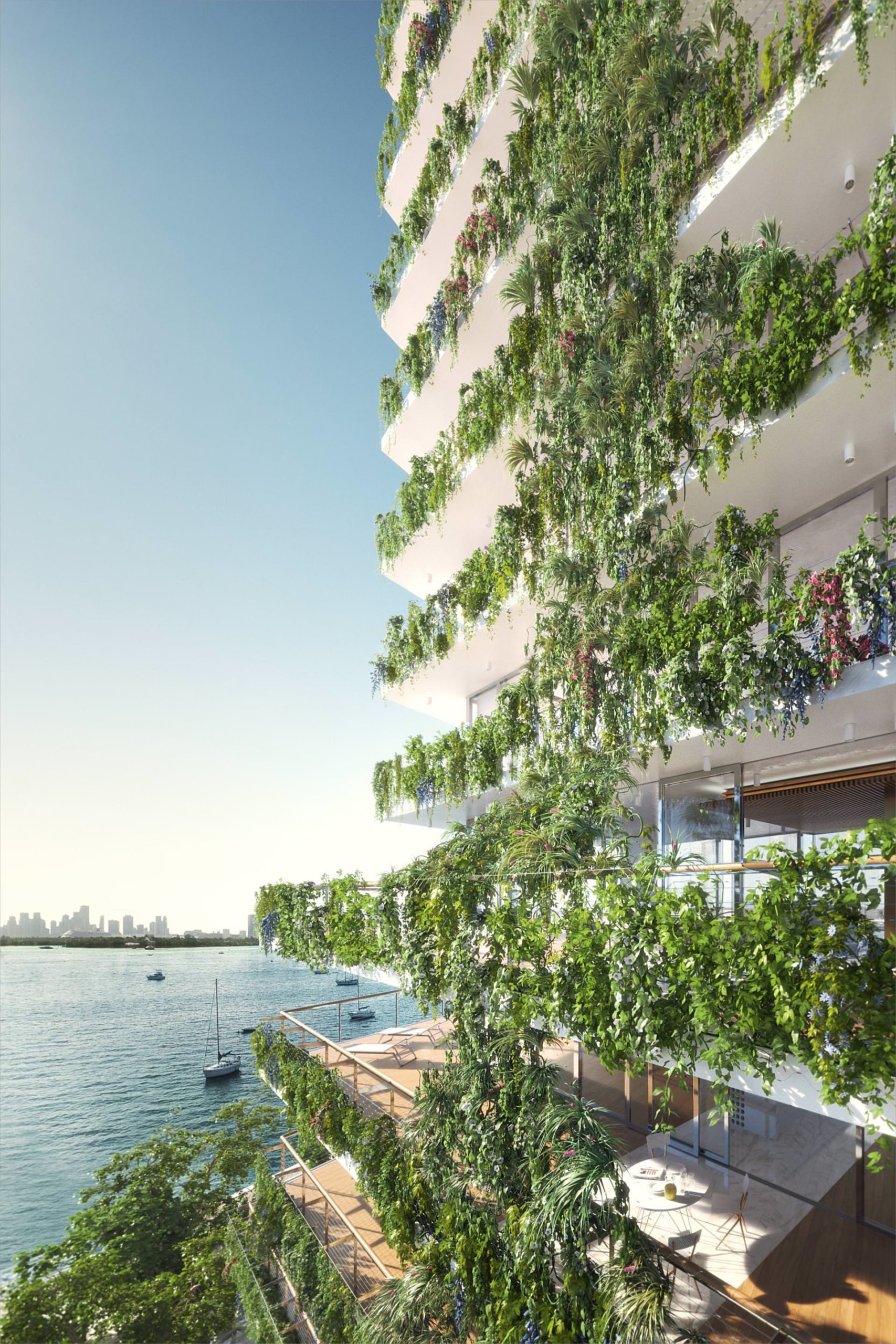
Monad Terrace
Courtesy of JDS Development
WW: So there isn’t a place that attracts you in particular for a project?
JN: No. What inspires me in general are places that have already been marked by architecture, strong history, or geography. What I’m not interested in are sugar beet fields. I say that in relation to France. Not that I have something against sugar beet, but I’m not interested in building something in the middle of nowhere—you know, in a place where there aren’t any hooks, any special characteristics, where you just don’t know what to do. Architecture situates itself in a human context; it should be humanist. It can’t stand alone in a direct relationship to nature.
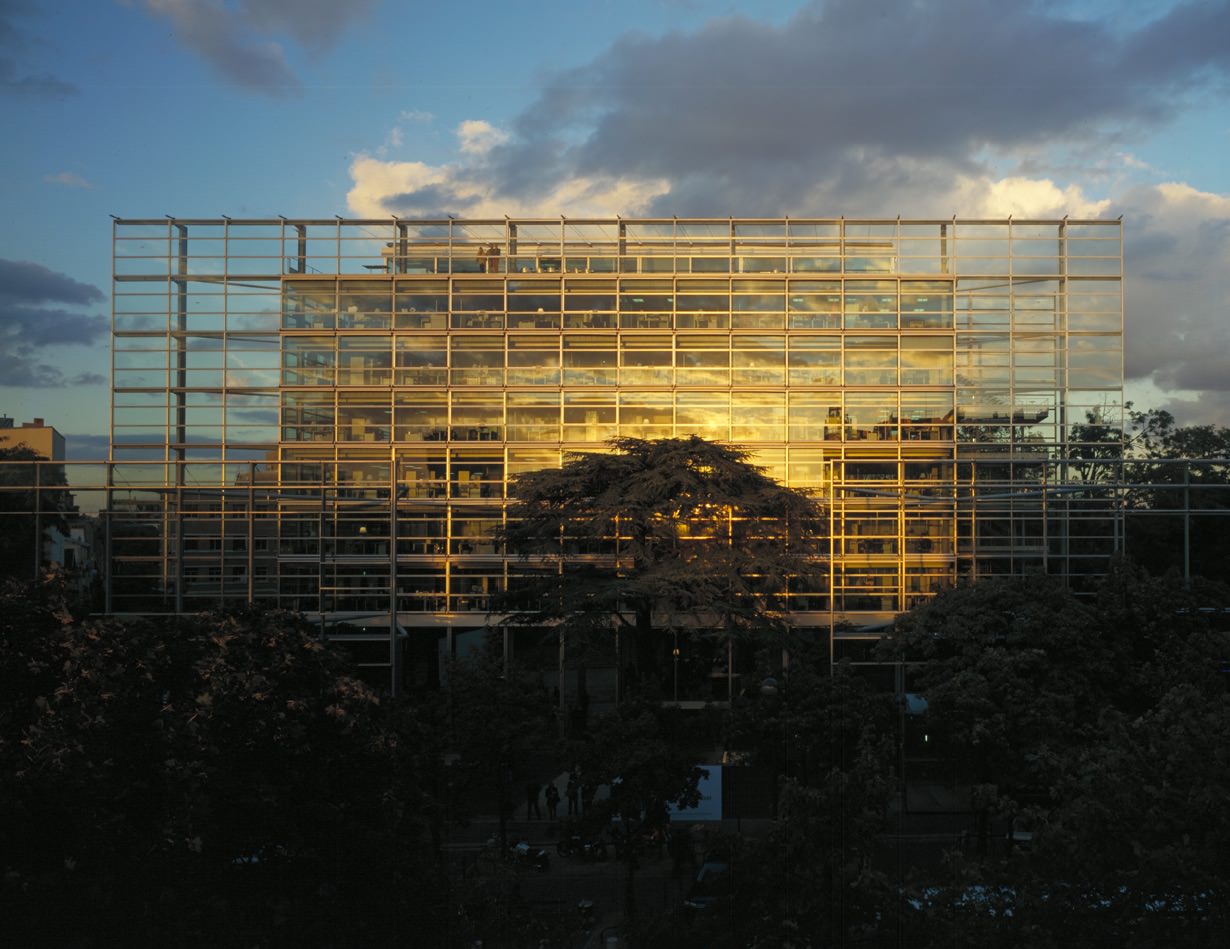
Fondation Cartier
Courtesy of Philippe Ruault
WW: There are a lot of young architects that look up to you and your work. If you could give them some advice, what would it be?
JN: I have trouble giving advice to young architects, as when I see the evolution of the human condition I sincerely believe that it is the young that should be giving advice to the old. But given my experience in the field, I do allow myself from time to time to say something that is more related to the evolution of the profession. I believe we are losing our right to architecture because we are stuck in certain production norms that increasingly eliminate the role of the architect. In town we find each other in conditions where buildings are predetermined by urban planning, zoning regulation, densities, infrastructures, which means that before the building is coming we already know that it will stand there, it will have this design, this height, et cetera.
I think young people should fight not only for this profession but also for those who live the city life. It has tremendous consequences: If we start on the wrong basis, then we will never have apartments with the right size, with the right orientation, and that can be made with the liberty needed for creation. All of that is seriously disappearing. So it’s more of a warning than advice, I guess.
This article appears in Whitewall‘s Design 2017 issue.









